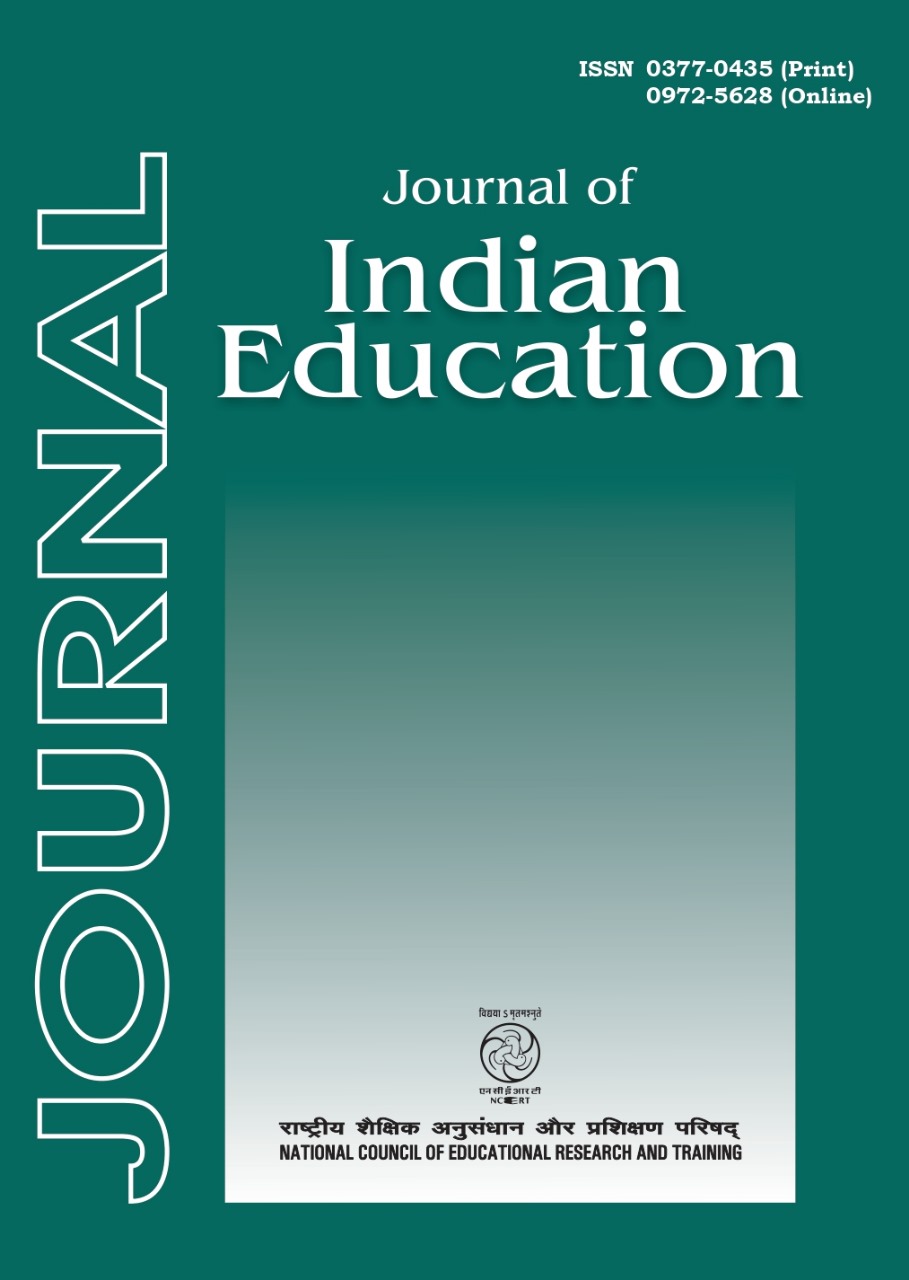Published 2024-11-27
Keywords
- School Education,
- Environment,
- Rural School
How to Cite
Abstract
Learning achievement of rural children is low compared to urban children at all stages of school education. The NCF-2005 observes that while urban middle class children are stressed from the need to perform extremely well, rural children are not sure about whether their preparation is adequate even to succeed in the examination. Learning achievement of learners indicates the extent to which curricular objectives have been achieved and is significant indicator of quality of education. Low learning achievement and failure to achieve curricular objectives indicates that curriculum has not been implemented effectively. Curriculum implementation is a complex process where a number of interacting factors influence each other. These factors include curriculum itself, teacher, pedagogy, resource learning material, instructional time, infrastructure and community support. Curriculum implementation requires proper planning monitoring and above all political will. Curriculum is a crucial factor in successful implementation of the curriculum. If curriculum is heavily loaded with bookish knowledge which is beyond the comprehension level of learners, even the best teachers will be compelled to complete the syllabus by reading the textbooks or by writing questions and answers on the blackboard. When curriculum does not provide space for students’ thinking, activity and creativity, how can these objectives be achieved? Analysis of syllabi and textbooks of a number of states reveals that curriculum imparts bookish knowledge and textbooks are urban centric. These alienate rural children from their environment rather them attaching them to it. Language of the textbooks is not the language of the rural child’s communication. School and community are two different worlds for children. For effective implementation, curriculum needs to be relevant, flexible and related to life of children which meets the requirement of diverse learners.

